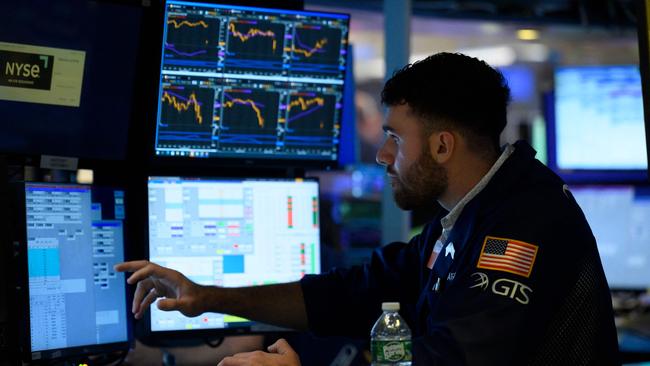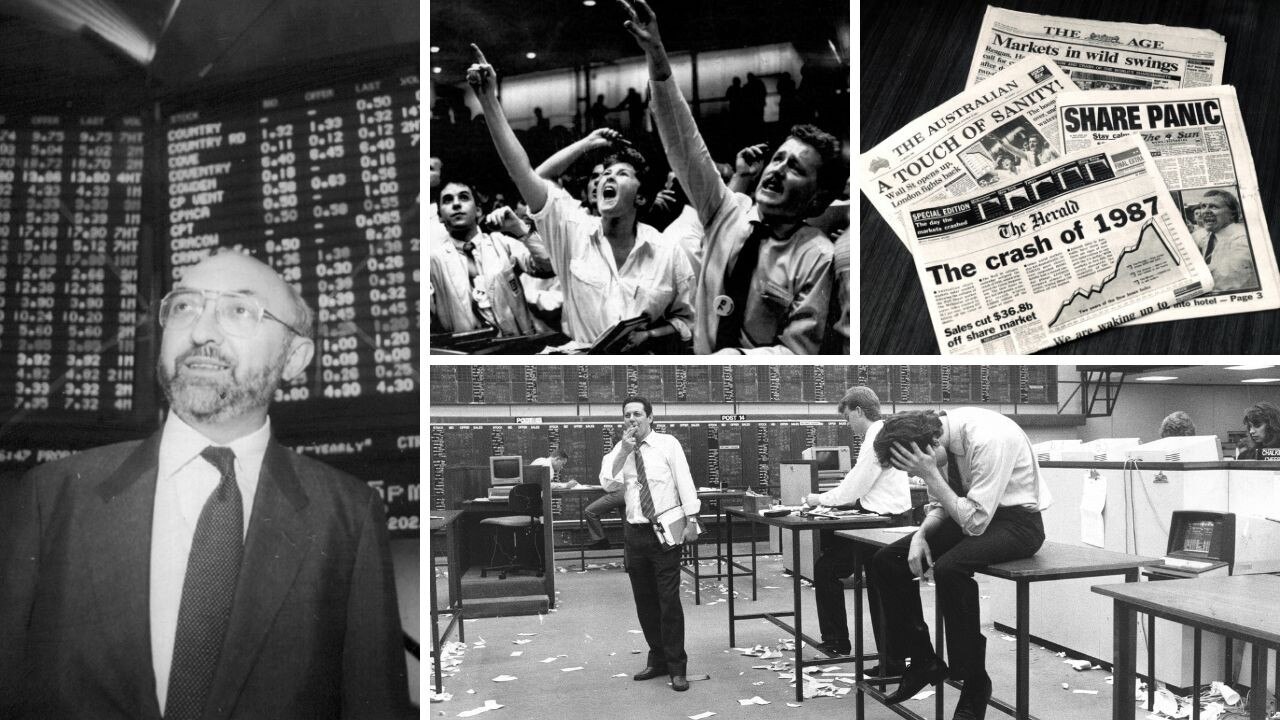Why Wall Street got it $3 trillion wrong
Wall Street made a $US2 trillion ($3 trillion) bet on the US inflation numbers. And lost.

Terry McCrann
Don't miss out on the headlines from Terry McCrann. Followed categories will be added to My News.
Wall Street made a $US2 trillion ($3 trillion) bet on the US inflation numbers. And lost.
Or did it?
After Fed head Jerome Powell’s ‘anything it takes’ speech at the famed once-a-year Jackson Hole meet out in wild west Wyoming, the Dow Jones index went down 4 per cent over the next two weeks.
Wall Street read the speech as promising more punishing interest rate hikes from the Fed, starting with another 75-pointer at next week’s meeting.
But a week into September the Wall Street mood flipped 180 degrees.
‘Everyone’ – as in: economists, analysts and traders – agreed that the upcoming inflation data for August would be low.
The Street ‘agreed’ that Powell would pare the coming hike back to only a 50-pointer.
And the Fed would signal a more benign rate future, with a lower than previously expected peak rate.
So in the next week all the ground lost was made up.
The Dow went up 4 per cent; the broader S&P 500 by 5 per cent.
Wall Street was betting $US2 trillion on a benign inflation number … and it all came tumbling down overnight on Tuesday our time when inflation printed higher than expected.
In one day almost all that week-long $US2 trillion rise in US share values was wiped out.
So what was this terrible number? The consensus had been that inflation would print at minus 0.1 per cent for the month and 8.1 per cent for the year.
In fact, inflation was 0.1 per cent for the month and 8.3 per cent for the year.
And on that difference traders and supposed analytical experts headed screaming for the door.
Some were even saying, forget a 75-pointer, now Powell would more likely deliver a 100-pointer, a full 1 per cent.
Let me state this categorically: there is no chance in the world of a 100-pointer.
And further, it’s still a toss-up between 50 points and 75 points. But either way, it’s what happens after that which is really key.
Now I’ve seen a lot of stupidity in my time, but the reaction to the supposedly bad inflation number is right up there with the ‘best’.
But not at all surprising, I hasten to add; for Wall Street and the hosts of parasitical ‘experts’ and ‘commentators’ which infest it, is built on pretty much equal components of greed and stupidity.
Inflation was plus 0.1 per cent for the month, not minus 0.1 per cent – and $US2 trillion, more than the entire value of the Australian market, gets wiped off share values.
Are you kidding me?
Knock, knock, it was still only just over 1 per cent on an annualised basis for the month.
Put the last two months together and inflation was just 1.2 per cent on an annualised basis.
Yes, that came after huge jumps, of 1.3 per cent and 1 per cent in the previous two months, a combined annualised rate approaching double digits – 9.2 per cent.
But over the four months, high and low, the annualised rate was ‘only’ 7.2 per cent, below the full-year rate.
Yes, the low July-August numbers came from plunging oil prices; but the very high and threatening May-June inflation was due to surging oil prices.
For investors there are a series of key questions.
How does Powell read the numbers and what does he do next week?
I suggest he won’t read them as signalling a – non-existent – inflation surge.
And he doesn’t want to anyway.
His whole shtick is to ‘talk loudly and carry a small stick’.
Now, the immediate market risk is we get a 1000 point-plus Dow leap, if he delivers a ‘surprise’ 50-pointer.
But after that we go back to the dance between a desperate-to-be bullish Street and a Fed head which is open to cave to any tantrum.



